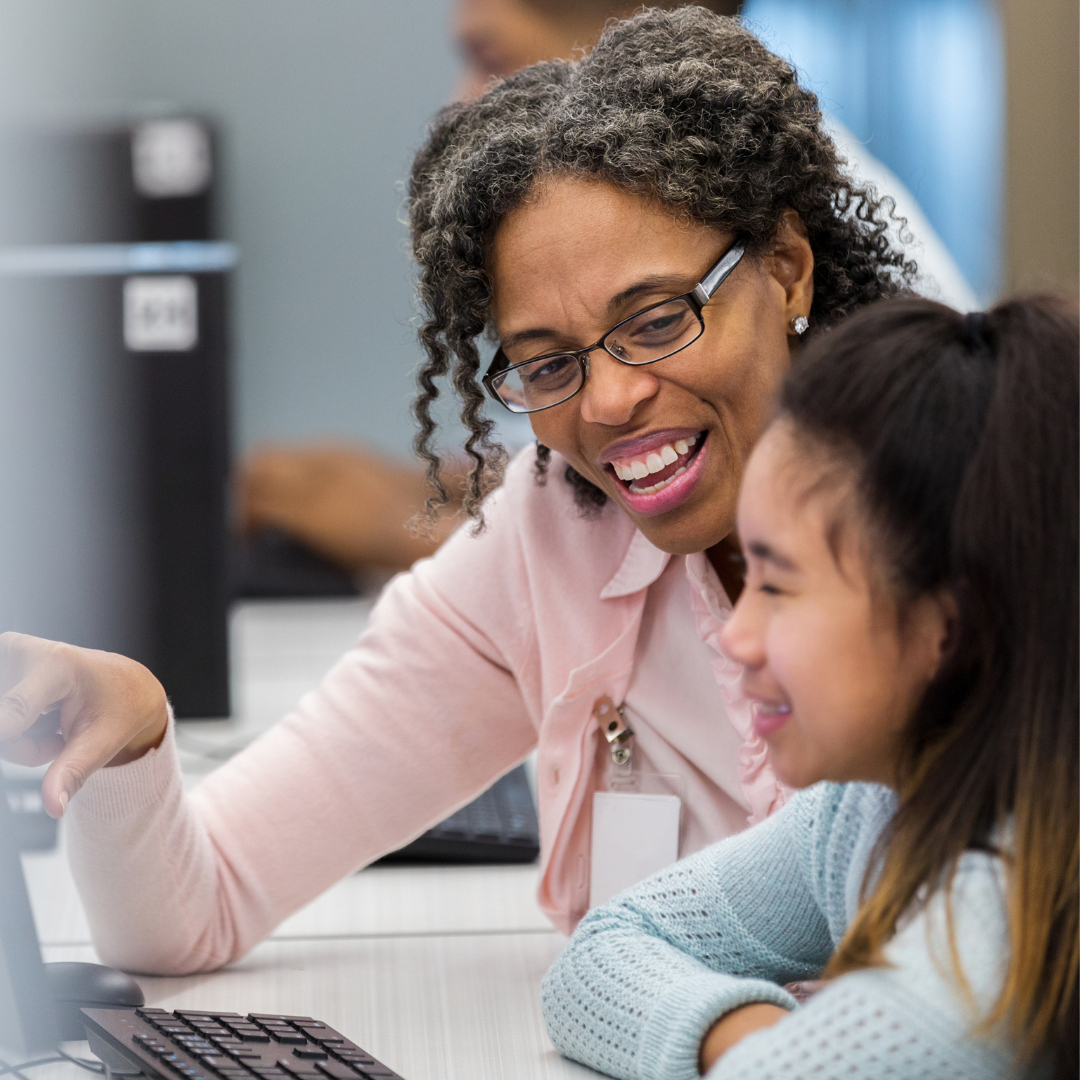K-12 Students Succeed with Social Emotional Learning (SEL)

Learn ways to incorporate social emotional learning in your school.
The Committee for Children defines social emotional learning as “the process of developing the self-awareness, self-control, and interpersonal skills that are vital for school, work, and life success.”
From coping with feelings to working well on a team, strong social emotional skills equip students to get along with their classmates and excel in the classroom. Additionally, such skills last a lifetime, equipping today’s developing students to be tomorrow’s well-rounded adults.
Understood, an organization that helps those who learn and think differently, explains that implementing social emotional learning in the classroom is important because “people aren’t born knowing how to manage emotions, solve problems, and get along with others. These kinds of skills have to be developed.”
Continue reading for four ways you can implement social emotional learning in K-12 classrooms, and how True Colors can magnify your impact.
4 Ways to Implement Social Emotional Learning (SEL) in K-12 Classrooms Pathway 2 Success has created a fantastic list of 25 ways to integrate social emotional learning into classrooms. Below are our top four ways from the list. We’ll dive a bit deeper into each one and the ways True Colors can help.
1. Build Community with Teamwork
“For class projects and assignments, have students work in larger teams to complete a task. Teach students to assign different jobs when working in a team, so that all students have important responsibilities.” True Colors solutions for K-12 schools creates a common language for valuing differences and creating a unified community on campus. We teach educators and students alike how to use a shared language to more effectively communicate and work in teams.
Guided by the True Colors methodology and techniques, your teamwork initiatives can have maximum impact. Plus, by developing a shared language in your school, you're creating a more psychologically safe environment for social emotional learning to take place.
2. Celebrate Diversity
“Spend time discussing and learning about people from diverse cultures, backgrounds, and ability levels. Kids need to hear, see, discuss, and understand that we are part of a larger community within our countries and world. Early discussions about diversity can help promote tolerance, acceptance, and inclusion for everyone.”
True Colors International teaches and lives by the credo: “Valuing Differences — Creating Unity.” We provide a simplified approach to understanding the broader lens of diversity and our programming can be seamlessly integrated throughout schools and districts of any size.
Celebrating diversity can become more than an activity or two here and there. It can be an integral part of your school’s very culture and a key part of your social emotional learning curriculum.
3. Encourage Reflection
“After students complete a task, assessment, project, or assignment, encourage them to reflect about their own progress. This is a critical [social emotional learning] skill that can be used across all curriculum, such as math, reading, writing, science, history, and more.”
Encouraging reflection is a great way to develop self-awareness, or the ability “to understand one’s own emotions, thoughts, and values,” including the capacity “to recognize one’s strengths and limitations with a well-grounded sense of confidence and purpose.”
A critical outcome of working with True Colors is the increased self-awareness of participants. We can help your teachers and students better understand themselves and their classmates, and then give them a common language to discuss their strengths and weaknesses in a healthy, productive way.
4. Discuss Empathy
“Empathy is one of the most critical skills for kids to develop. It is the foundation for considering how others think and feel so that we can respond in socially appropriate and compassionate ways. You can practice empathy on its own or through literature by discussing characters and how they might feel in a variety of situations.”
With the help of True Colors, K-12 students and staff alike will elevate their empathy for others. By improving their understanding of other people, conflict in the classroom will be prevented and collaboration will naturally increase. Developing empathy is a critical component of social emotional learning and a skill that’s value can never be overstated.
Social Emotional Learning May Be More Important Than Ever
For many, in-person learning is back — for now. The uncertainty, along with the increase in screen time, of the past year and a half, has been challenging and emotionally draining, if not stunting, for some kids. Intentionally implementing social emotional learning may be more important than ever for students to succeed in academics and life.






